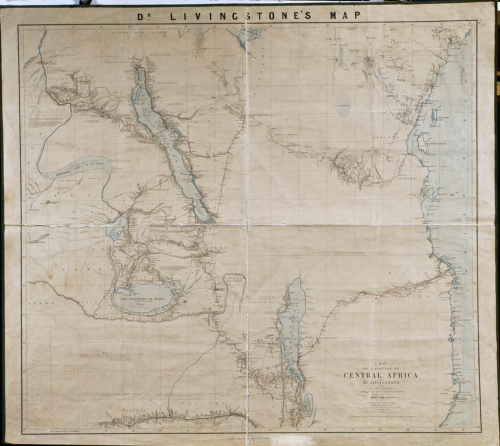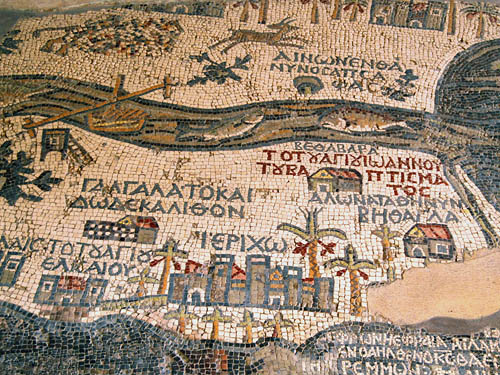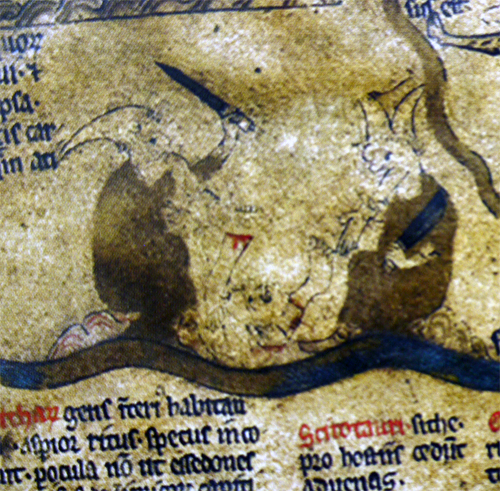Merry Christmas map geeks! What better way to celebrate the day than to highlight the use of maps and cartography in toys. Here, not just the earliest map used in a jigsaw but arguably also one of the very first jigsaws. John Spilsbury was an apprentice to Thomas Jefferys, Rotal Geographer to King George III, and believed to be the first commercial manufacturer of the jigsaw puzzle. His earliest jigsaws were referred to as ‘dissected maps’ and this set a trend in jigsaws for many years to come. Indeed, you can still find maps as a common theme in modern jigsaws.
The puzzles were initially produced to be aids in geography teaching. Countries were dissected along national boundaries so piecing the puzzle together allowed children to learn how the different countries connected to one another. Beyond the land, Spilsbury continued the dissection along lines of latitude and longitude.
A great use of maps. A brilliant educational aid and also an early indicator of the commercial value of using maps as a medium for a non-cartographic product. Spilsbury’s dissected puzzles were a commercial success. Spilsbury went on to create many such puzzles and created them in eight themes: the World, Europe, Asia, Africa, America, England and Wales, Ireland and Scotland.





















